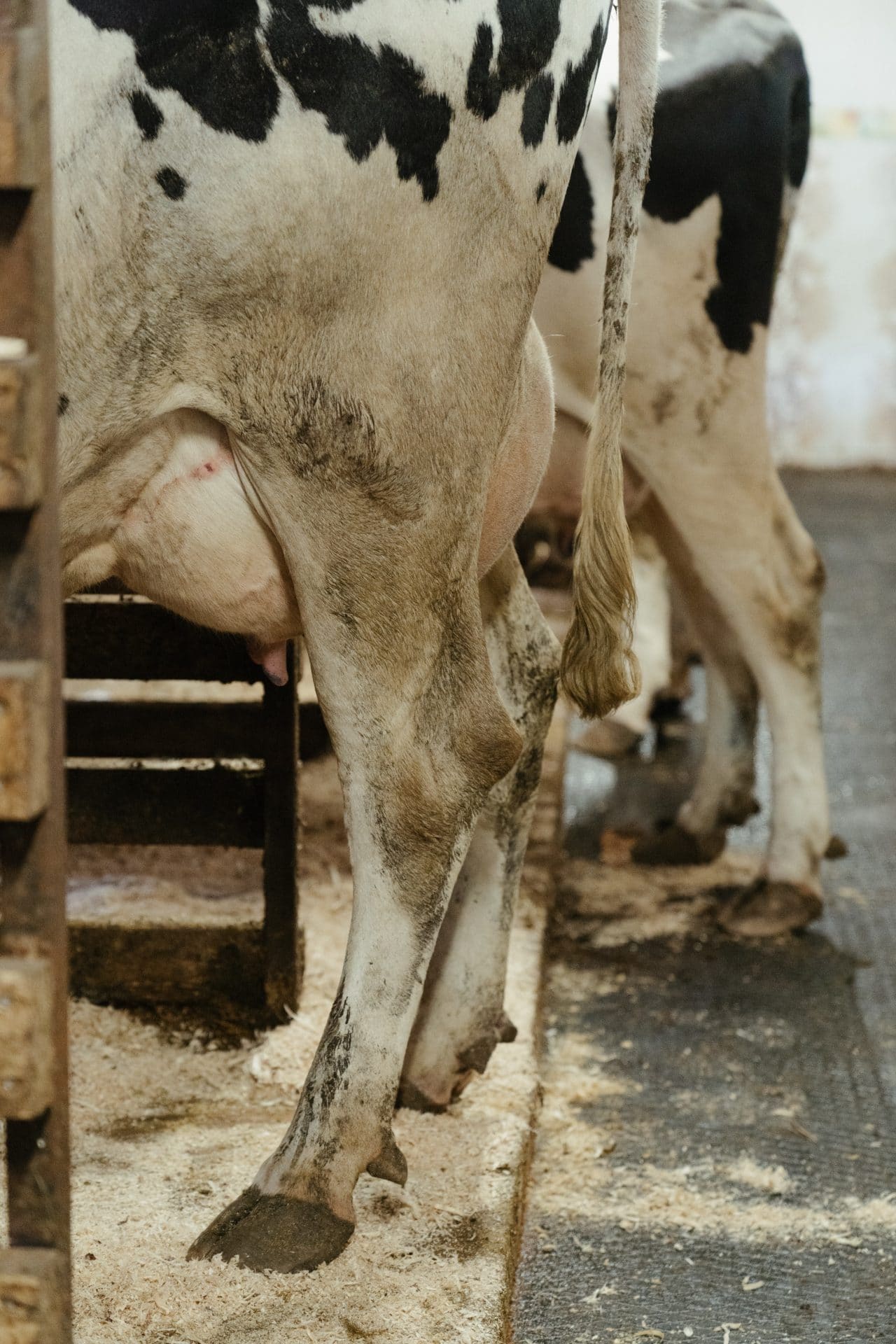Dairy farming boost in Taita Taveta
Dairy farming is a large industry across the world and this high demand comes with challenges as well as benefits. However, farmers in Taita Taveta have been enoying the pros a lot more. Through a partnership with the County Government administration, the National Government and the World Bank, a plan has been created to increase milk production. The agenda aims to move production from 18 million to 30 million liters per year. Find out how the Dairy farming boost in Taita Taveta aims at helping the farmers and the whole county.
The Kenya Climate Smart Agriculture Project (KCSAP) are part of the partnership and aim to support small scale farmers. In addition to general support, mobilization, training and operational expenses are things KCSAP want to help with to increase productivity.
Dairy farming boost in Taita Taveta through equipment and professional assistance
The County Executive Committee Member for Agriculture, Livestock, Fisheries and Irrigation, David Mwangoma spoke during the milk equipment handover. He went on to assure farmers how dedicated the county is to help the variety of dairy cooperatives within the county.
“My department will continue working with several development partners to uplift the welfare of farmers. We have initiated various programs like subsidized Artificial Insemination that has seen over 7,000 dairy farmers benefit,” he added.
The Mwafuga were given two motorcycles, eight milk containers, two digital weighing machines and lactometers amongst other equipment. The consignment is part of the equipment that was distributed last week Monday under the KCSAP program.
Furthermore, Mr Mwangoma is confident that the new extension officers from the County administration will help sensitization of dairy farmers.
Samuel Dwaluma – Chairperson of Mwafuga Dairy Cooperative applauded the county’s move to support them and encouraged farmers from highland areas. Additionally, he strongly believes in the efforts to put more focus on fodder to help supplement their dairy produce.
Further, dairy farmers in remote areas are troubled repeatedly by the limitations that make milk delivery difficult. For example, minimal road infrastructure, limited markets and little access to veterinary services.
Efforts by the government to help these smallholder farmers hope to mitigate the current problems faced. By trying to instill new regulations, the government hopes the milk sub-sector will increase in production and help farmers.



